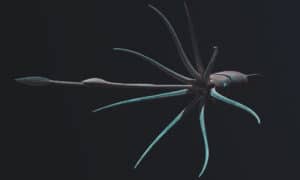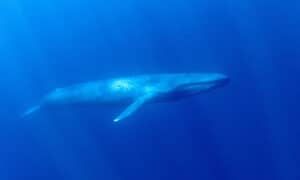Squids look very similar to an octopus and everyone knows that an octopus has eight arms, so a squid should have the same, right? Well, it actually isn’t as simple as that, and getting into the details of it all can be a bit confusing! Today, we are going to take a deep dive into the world of squid arms and tentacles to sort it all out. By the end, you’ll certainly know more about squid arms than you probably ever needed! Let’s get started.
How Many Arms and Tentacles Does a Squid Have?
Squids have eight arms and two longer tentacles, technically bringing their total appendages to ten.
A squid has a combination of arms and tentacles, as well as hooks and suckers. They officially have eight arms and two longer tentacles that are primarily used to catch their food in the open ocean. The difference between a squid arm and a squid tentacle is that the arm has suckers along its entire length, while the tentacle only has suckers at the tip. Additionally, squid arms are also shorter and stiffer than squid tentacles.
So, knowing that, the correct answer is usually eight arms and two tentacles, or just ten appendages. Both are anatomically correct.
5 Facts About Squids and Their Tentacles
Squids are extremely interesting by themselves, but we’ve collected some of the most interesting facts about their squiddy appendages for you to read. If you want some weird facts to bring up the next time you are eating calamari, read on!
1. Each appendage is known as a muscular hydrostat
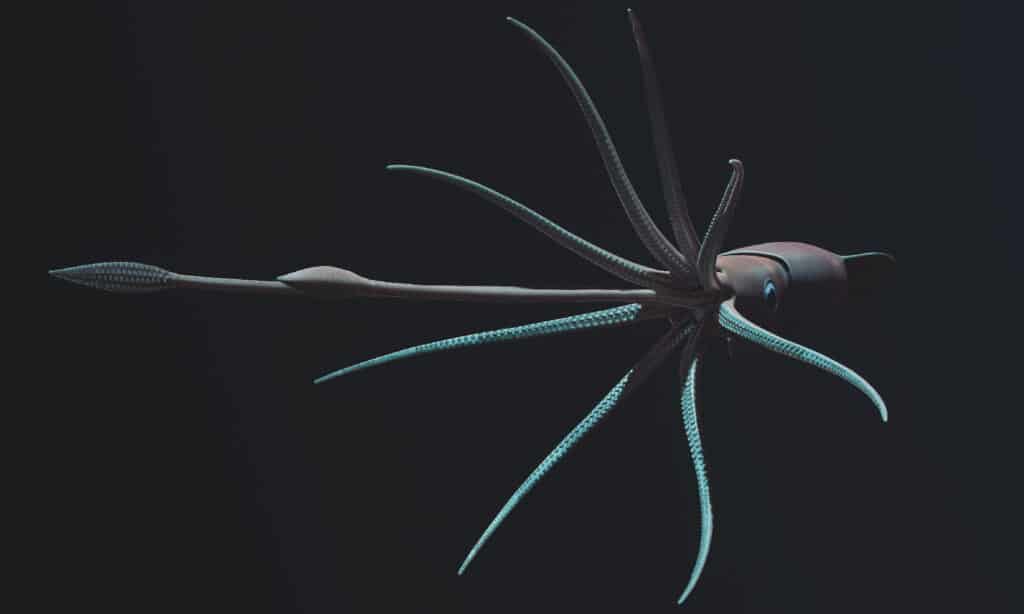
A squid appendage is most similar to a human tongue in how it operates.
©iStock.com/3dsam79
A muscular hydrostat is a type of structure in animals that is made mostly of muscles without any bones. It helps them to handle objects or to move around and is built on the physical fact that water cannot be squeezed at certain pressures. A familiar example of a muscular hydrostat is found in the human body: the tongue! Squids have muscular hydrostats in their tentacles and arms, and they use them for hunting, turning, and swimming. Additionally, squids can twist, shorten, lengthen, and bend their muscular hydrostats by using different sets of muscles that act against each other.
2. There are both suckers and hooks on squid appendages
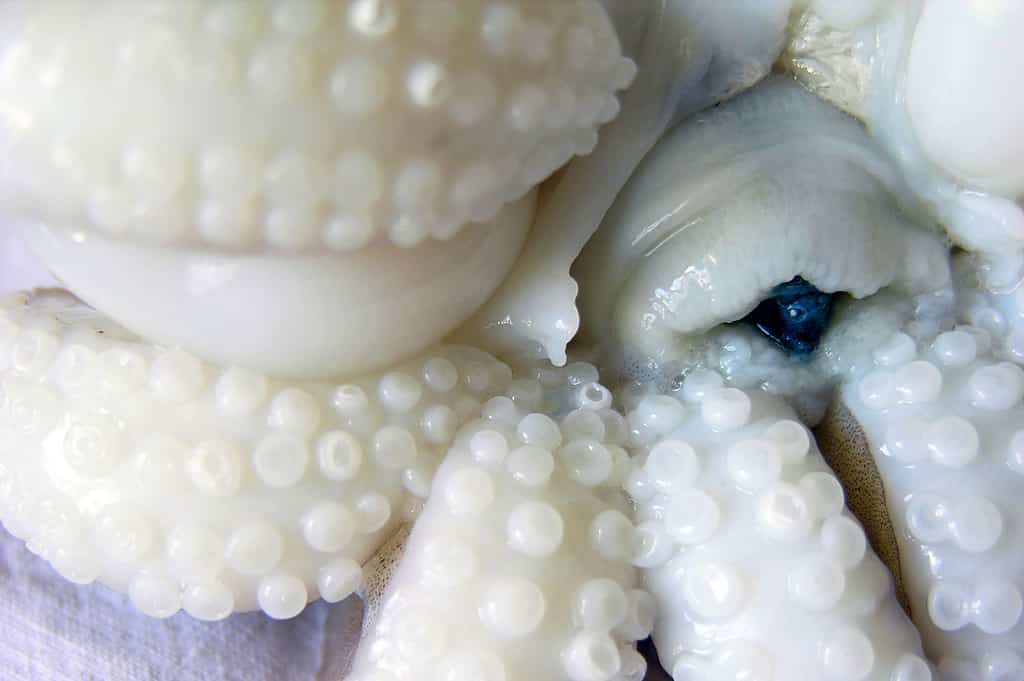
Squid have suckers and hooks on each of their appendages.
©iStock.com/Peartree73
Whereas an octopus has only suckers, squids have suckers and hooks. The suckers are circular structures that can create suction and grip objects (something we are pretty familiar with). The hooks are sharp projections that are built to pierce and hold prey. Different squids have different types and arrangements of suckers and hooks depending on their species and habitat. Some squids have only suckers, some have only hooks, and some have both. Squids primarily use their suckers and hooks to catch fish and shrimp while hunting.
3. Male squids have specialized arms for reproduction
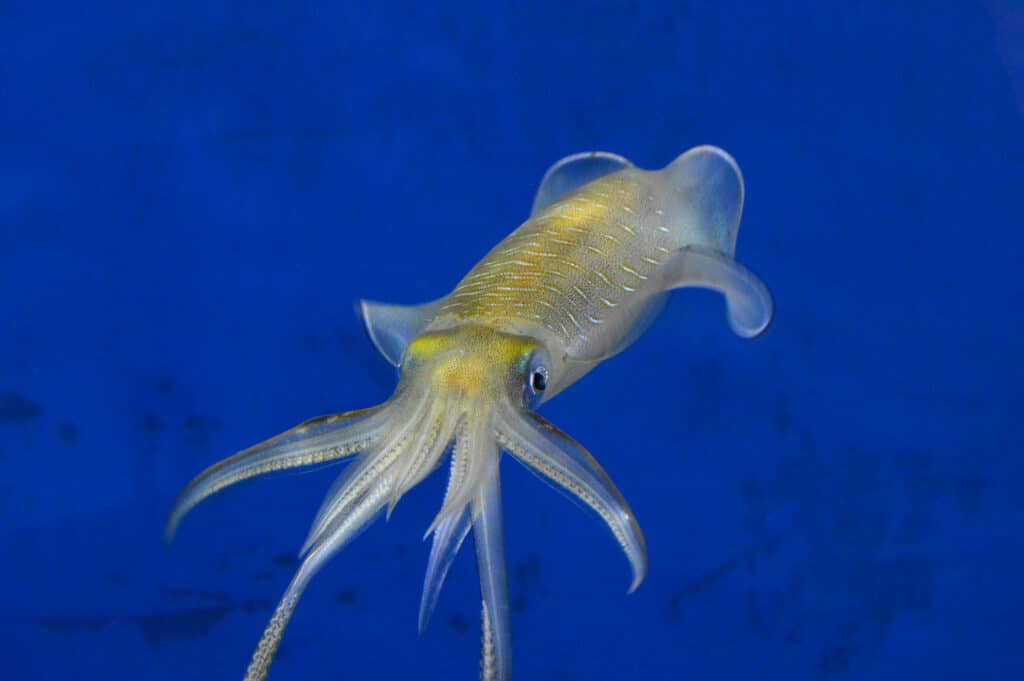
Most male squids have a specialized arm that doubles as their primary sex organ.
©iStock.com/kororokerokero
Ready to get weird? Well, male squids have a special arm called the hectocotylus that is used for reproduction. The hectocotylus is modified to store and transfer packets of sperm (spermatophores) from the male to the female. The male inserts his hectocotylus into the female’s mantle cavity or near her mouth, where her eggs are located. The sperm then migrate into small pimples (spermatangia) on the female’s skin, where they wait until she is ready to spawn.
4. Squids don’t use their tentacles to swim

Through jet propulsion, squids can shoot through the water extremely fast.
©RobJ808/Shutterstock.com
Squids swim by using a dual-mode propulsive system involving paired fins and a pulsed jet. The jet is the main way they get around. It works by drawing water into their mantle cavity and then shooting it through a narrow tube called the siphon. They can change the direction of the jet by moving the siphon. The fins are used for stability and maneuverability. The arms and tentacles are more of a secondary aspect of their swimming. They help with turning and braking.
5. Some deep-sea squids have glowing tentacles

Deep-sea squids are often covered in glowing dots known as photophores to attract their prey.
©Rui Palma/Shutterstock.com
Some squids have glowing tentacles that are covered with photophores, which are organs that produce light. They use their glowing tentacles for different purposes, such as attracting prey, communicating with other squids, or camouflaging themselves. For example, the firefly squid has bioluminescent tentacles that can flash different colors and patterns. The deep-sea squid Grimalditeuthis bonplandi has tentacle tips that wiggle and flap like small fish, luring prey closer to its mouth.
The photo featured at the top of this post is © iStock.com/Scubamoto
Thank you for reading! Have some feedback for us? Contact the AZ Animals editorial team.




